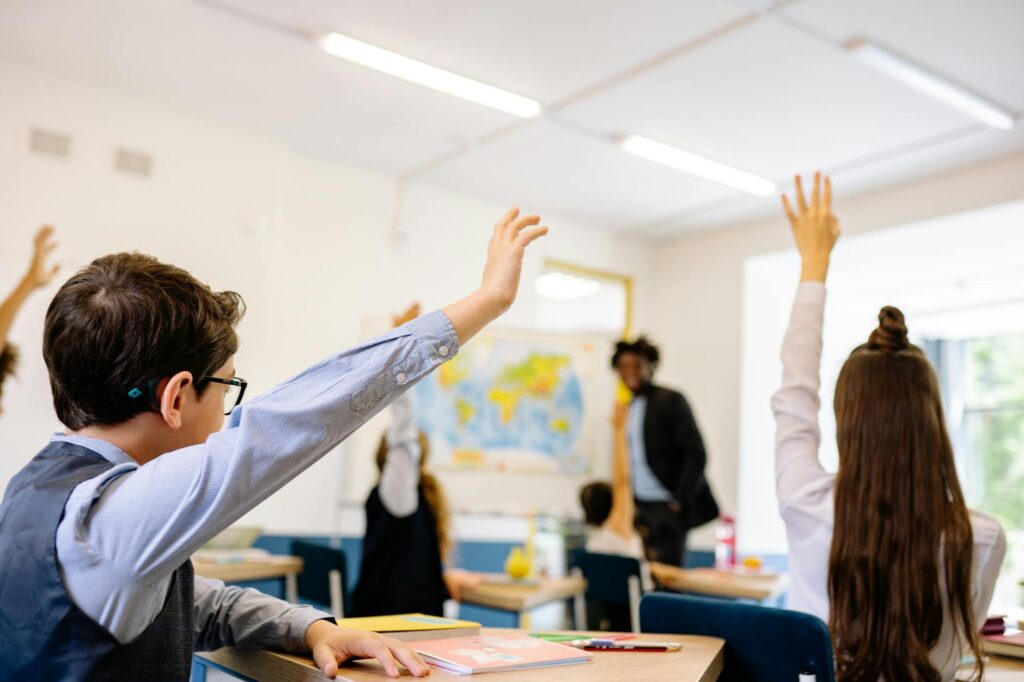What is experiential learning activities?

What is experiential learning activities?
Experiential learning activities are interactive engagements designed to help individuals learn through hands-on experiences. Unlike traditional classroom settings that rely heavily on lectures and readings, these activities emphasize active participation and real-world applications. They play a crucial role in today’s educational and professional landscapes, fostering skills that are essential in both personal and professional development.
These activities can take many forms, such as simulations, role-playing, internships, and even field trips. They enable learners to immerse themselves in the subject matter, allowing for a deeper understanding of concepts. But why are experiential learning activities so relevant today? In an age where soft skills, adaptability, and critical thinking are paramount, these hands-on experiences equip individuals with the tools they need to succeed.
Understanding Experiential Learning
Experiential learning is a learning approach where knowledge is gained through experience, reflection, and application. The driving force behind this model is the idea that learning is most effective when it is rooted in doing. Activities play a central role in this learning model, as they provide the necessary context for learners to apply theoretical knowledge in practical situations.
Theoretical Background of Experiential Learning
David Kolb’s Experiential Learning Theory is fundamental to understanding how experiential learning activities work. According to Kolb, learning is a four-stage cycle:
- Concrete Experience: Engaging in an activity or experience.
- Reflective Observation: Reflecting on the experience and considering what it means.
- Abstract Conceptualization: Formulating theories or concepts based on the reflections.
- Active Experimentation: Testing the newly formed concepts in new situations.
This cycle allows learners to internalize their experiences and apply their insights in future contexts. For a deeper dive into Kolb’s theory, check out Kolb’s Learning Styles & Experiential Learning Cycle.
Characteristics of Experiential Learning Activities
Experiential learning activities possess several defining characteristics:
- Active Engagement: Learners participate actively rather than passively receiving information.
- Real-World Application: Activities connect to real-life scenarios, making learning relevant and applicable.
- Reflection: Opportunities for reflection help solidify learning and enhance understanding.
- Collaboration: Many activities encourage teamwork and communication, fostering social skills.
These features contribute to a richer learning experience, promoting retention and understanding.
Types of Experiential Learning Activities
Experiential learning activities can be categorized into several types, each serving unique educational purposes.
Active Learning Techniques
Active learning techniques are designed to involve participants in the learning process. Examples include:
- Group Projects: Team-based tasks that encourage collaboration and problem-solving.
- Role-Playing: Participants act out scenarios to explore different perspectives.
- Simulations: Creating real-life scenarios that allow learners to practice skills in a controlled environment.
These methods not only make learning engaging but also help learners develop critical skills that are valuable in both academic and professional settings.
Hands-On Experience
Hands-on experiences provide direct engagement with the subject matter. This category encompasses:
- Internships: Real-world work experiences that allow individuals to apply skills in professional settings.
- Workshops: Interactive sessions focused on specific skills or knowledge areas.
- Field Experiences: Trips or activities that place learners in real-world contexts relevant to their studies.
These experiences deepen understanding and enhance competency in practical applications.
Reflection Activities
Reflection is a vital component of experiential learning. Engaging in reflection activities allows learners to:
- Analyze Experiences: Consider what was learned and how it applies to future situations.
- Identify Strengths and Weaknesses: Recognize areas of proficiency and aspects needing improvement.
- Set Goals: Define objectives for future learning and development.
Reflection solidifies learning, ensuring that experiences translate into meaningful insights and skills.
Benefits of Experiential Learning Activities
Engaging in experiential learning activities offers numerous advantages for learners.
Improved Retention of Knowledge
Studies show that experiential learning enhances long-term retention. When learners actively engage with material, they’re more likely to remember it. This retention stems from the connection between theoretical concepts and real-world applications.
Enhanced Critical Thinking Skills
Experiential activities challenge learners to think critically and solve problems. By navigating complex scenarios, participants develop analytical skills and a problem-solving mindset. These skills are invaluable in both academic settings and the workplace.
Greater Engagement and Motivation
Experiential learning activities are inherently engaging. They capture interest and foster motivation, encouraging individuals to take ownership of their learning journey. When learners are actively involved, they’re more likely to retain information and achieve their educational goals.
Implementing Experiential Learning Activities
Organizations and individuals looking to incorporate experiential learning activities can follow a few best practices.
Planning and Designing Activities
Effective planning is crucial for successful experiential learning. Consider the following steps:
- Define Learning Objectives: Clearly outline what you want participants to learn.
- Choose Appropriate Activities: Select activities that align with objectives and are suitable for your audience.
- Facilitate Reflection: Plan time for learners to reflect on their experiences and insights.
For inspiration on creating hands-on and experiential activities, you can browse the Stanford Teaching Resources.
Measuring Success
Evaluating the impact of experiential learning activities is essential. You can assess success through:
- Feedback Surveys: Gather participant feedback to gauge satisfaction and learning outcomes.
- Performance Metrics: Measure improvements in skills or knowledge through assessments or practical evaluations.
- Reflective Journals: Encourage participants to maintain journals documenting their reflections and learning progress.
These methods provide insights into the effectiveness of the activities and inform future planning.
Conclusion and Call to Action
Experiential learning activities are essential tools for fostering deep, meaningful learning. They not only enhance knowledge retention but also develop critical thinking and engagement. As you explore the world of experiential learning, I encourage you to seek out opportunities that challenge you to engage actively and reflect thoughtfully.
Whether you’re a student, educator, or professional, embrace the power of experiential learning activities. They pave the way for personal growth and development, equipping you with the skills needed to thrive in today’s fast-paced world. So, why wait? Dive into experiential learning today and transform your educational journey!

Photo by Yan Krukau